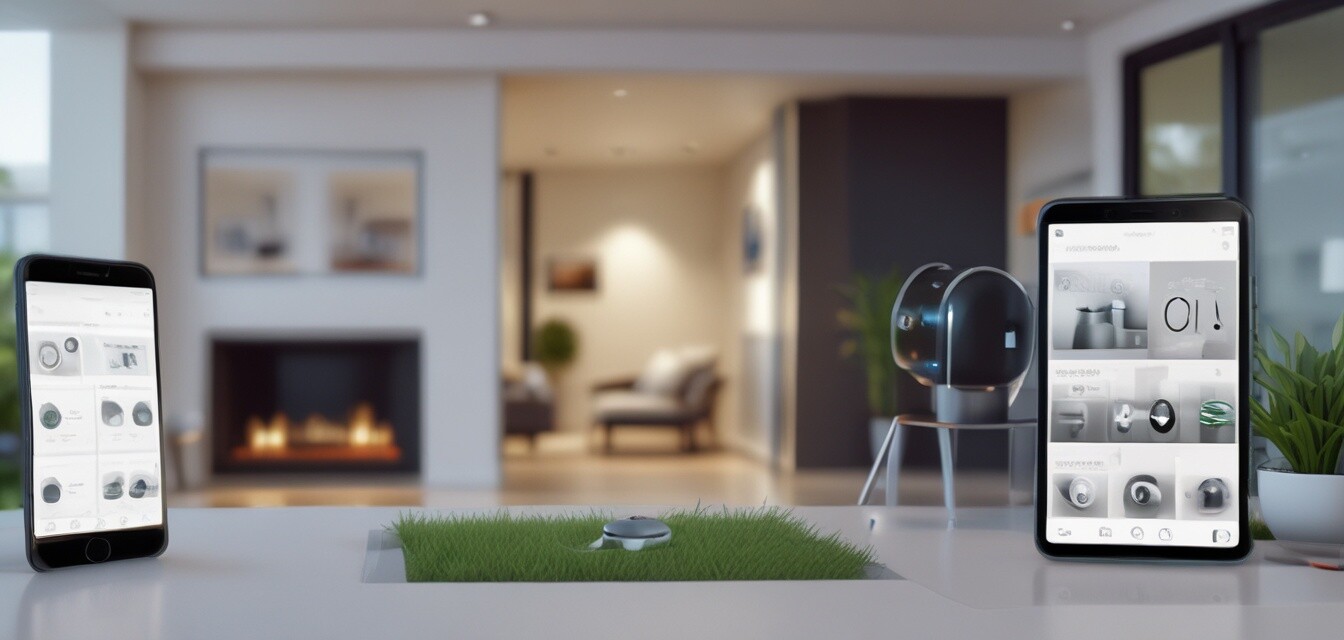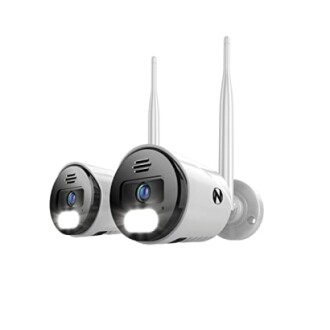
Smart Home Security
Creating a Smart Home Security System from Scratch
Key Takeaways
- Understand the essential components of a smart home security system.
- Choose the right products that fit your specific needs.
- Learn how to integrate these devices for optimal functionality.
- Prioritize user-friendly tools that enhance your security measures.
- Regularly maintain and update your security system for maximum effectiveness.
Designing a smart home security system can seem daunting for beginners, but breaking it down into manageable steps can simplify the process. In this guide, we will cover how to create a cohesive smart home security system from scratch, including necessary components, installation tips, and product suggestions to secure your home effectively.
What is a Smart Home Security System?
A smart home security system consists of a network of devices designed to protect your home from unauthorized access and to ensure your safety. These devices can include surveillance cameras, motion sensors, smart locks, and alarms. They can all communicate with each other and can usually be controlled through a smartphone app for ongoing monitoring.
Essential Components of a Smart Home Security System
Before diving into your purchase, it’s important to know what components you need. Below is a list of typical components of a smart home security system:
- Surveillance cameras
- Smart locks
- Motion sensors
- Security alarms
- Smart lights
- Monitoring services
1. Surveillance Cameras
Surveillance cameras are essential for any security system. They allow you to monitor activity around your home and even speak to visitors through two-way audio features.
Night Owl Wi-Fi IP 4K HD Indoor/Outdoor Dual Spotlight Cameras
These cameras come with 2-way audio, preset voice alerts, and a built-in siren for enhanced security.
Learn More2. Smart Locks
Smart locks allow you to control access to your home safely and efficiently. They can be locked or unlocked remotely, enabling you to grant access to visitors without needing to be home.
Ring Wired Doorbell Plus
An upgraded video doorbell that features advanced motion detection and two-way talk.
Learn More3. Motion Sensors
Motion sensors are crucial for alerting you of any movements around your property. Modern systems integrate them seamlessly with your cameras for an even more secure setup.
4. Security Alarms
A good security alarm can be extremely effective in deterring intruders. Many modern systems allow you to set up alarms that are triggered by motion sensors or when doors are opened.
5. Smart Lights
Smart lighting can be programmed to turn on or off at specific times or when motion is detected. This can give the appearance that someone is home and help discourage break-ins.
Integrating Your Smart Home Security Devices
Once you’ve selected the essential components, the next step is integration. Most smart home devices connect to a hub or can be controlled via a smartphone app. Ensure that the devices you choose are compatible with each other. Here’s how to integrate effectively:
- Choose a central hub or platform, like Google Home or Amazon Alexa, that all your devices can connect to.
- Follow installation instructions carefully for each device.
- Regularly update your devices' firmware to ensure they're operating on the latest software.
- Test your system regularly to ensure everything is working as expected.
Product Recommendations
Here are some quality products that can help you set up a robust smart home security system:
| Product | Key Features | Link |
|---|---|---|
| Night Owl Cameras | 2-way audio, HD resolution, built-in siren. | View Product |
| Ring Wired Doorbell Plus | 1080p HD, motion-activated alerts, Alexa compatible. | View Product |
| Smart Motion Sensors | Adjustable sensitivity, wireless, app control. | View Product |
| Smart Locks | Remote access, keyless entry, automatic locking. | View Product |
Maintaining Your Smart Home Security System
To ensure your smart home security system functions effectively over the long term, regular maintenance is necessary. Here’s how:
- Check battery levels in wireless sensors and cameras periodically.
- Clear the lenses of your cameras and ensure they are aligned correctly.
- Review and update your system’s access settings regularly.
- Test your alarm and alert systems to verify they are functional.
Conclusion
Creating a smart home security system may seem overwhelming, but by understanding the essential components and carefully selecting compatible products, you can create a safe and secure home environment. Always prioritize products that ensure your safety and convenience. By setting up regular maintenance checks and integrations, you ensure that your system remains operational and effective.
Tips for Beginners
- Start small and grow your system as your budget allows.
- Consider professional installation if you're not comfortable with DIY.
- Make use of mobile apps to manage your security system easily.
- Join online communities or forums to learn tips and best practices from others.
